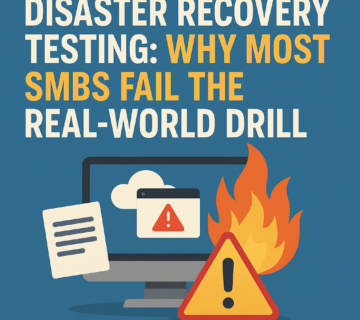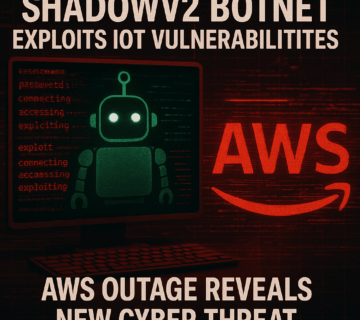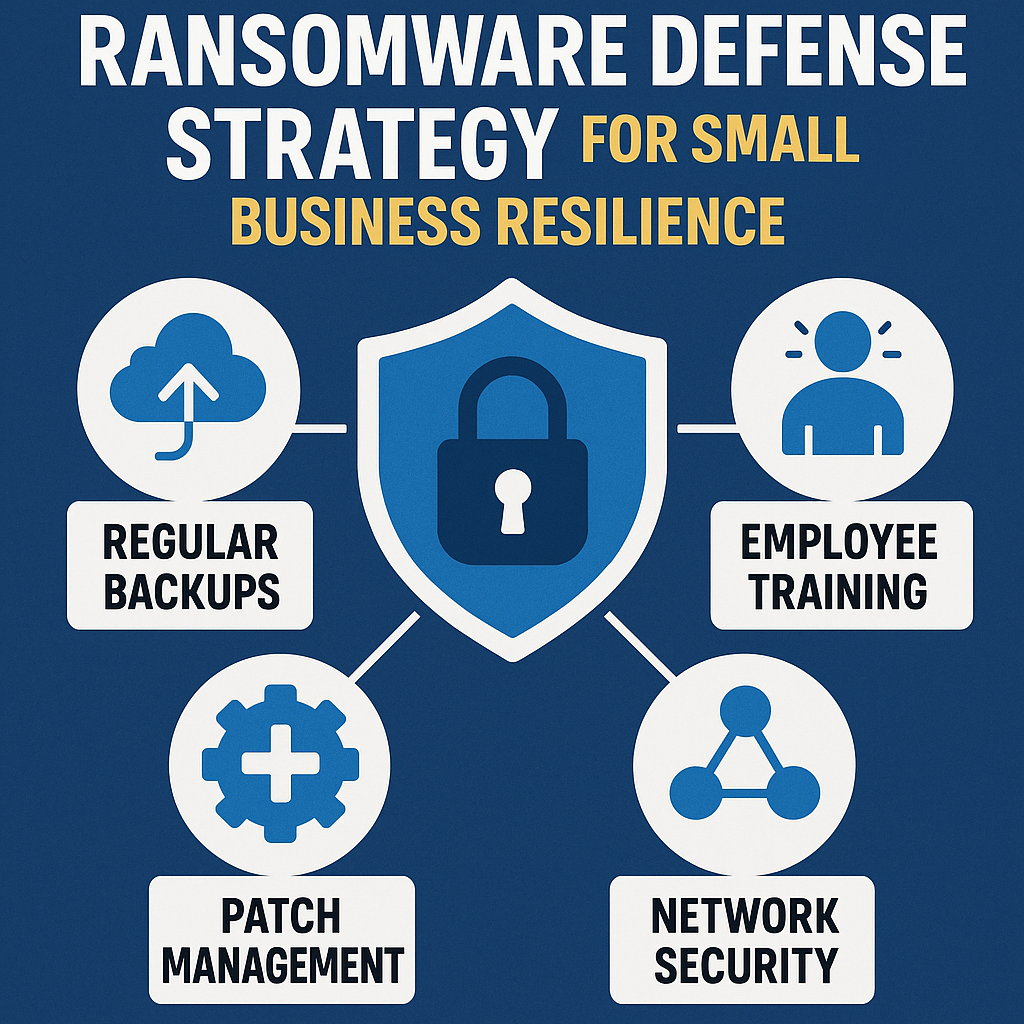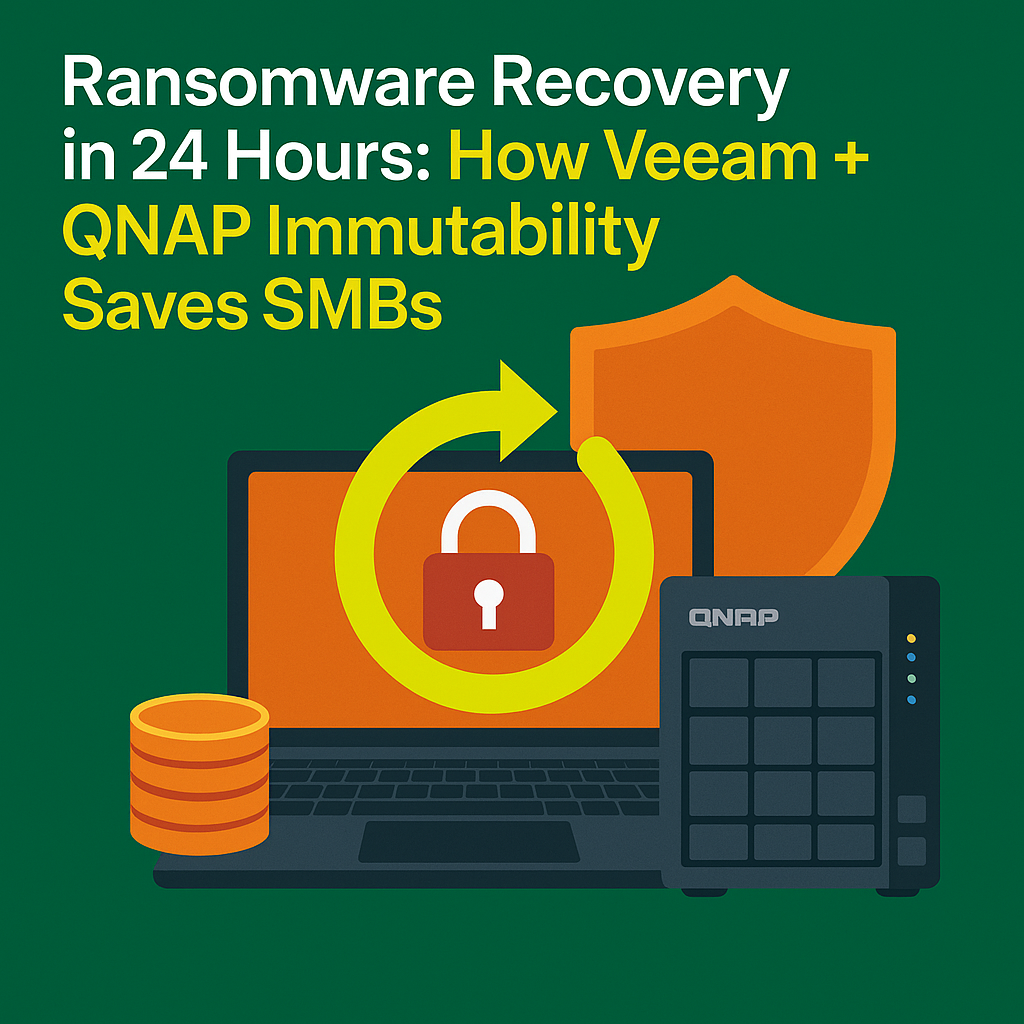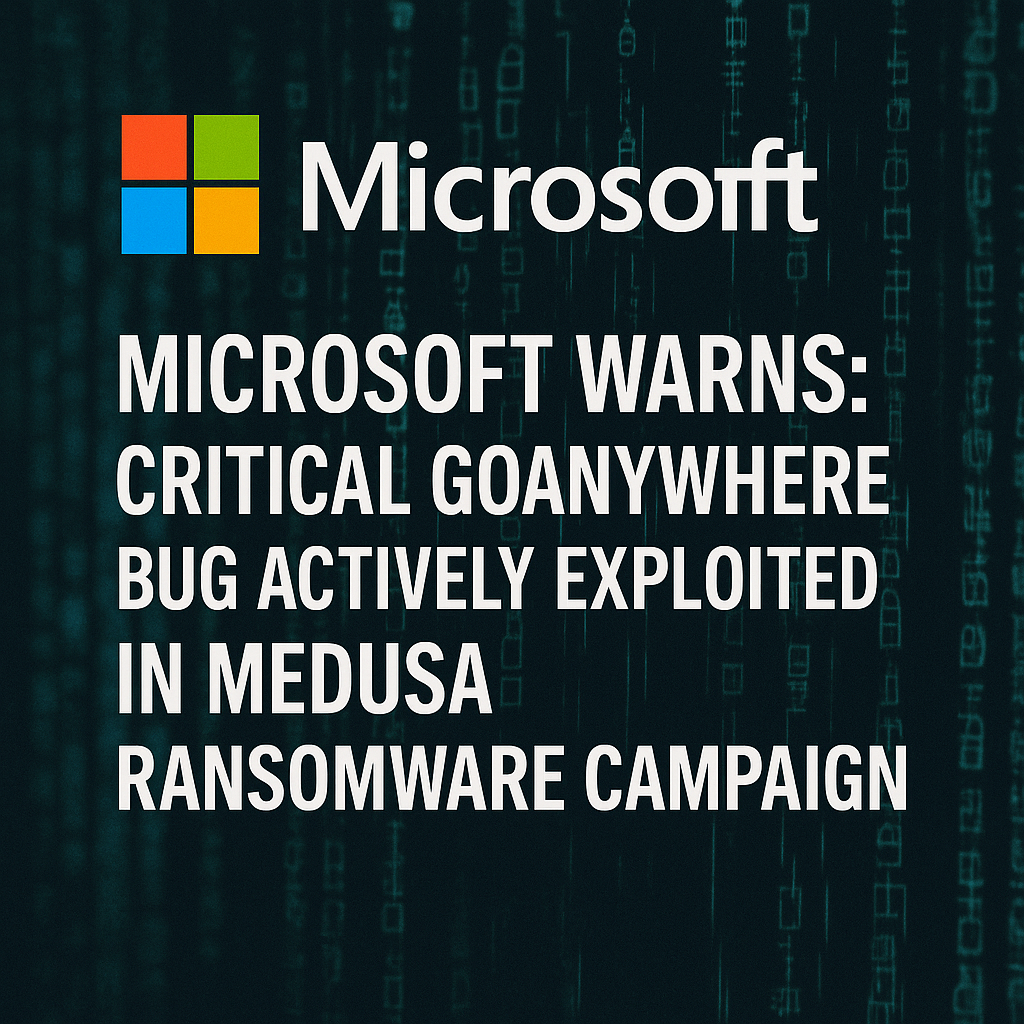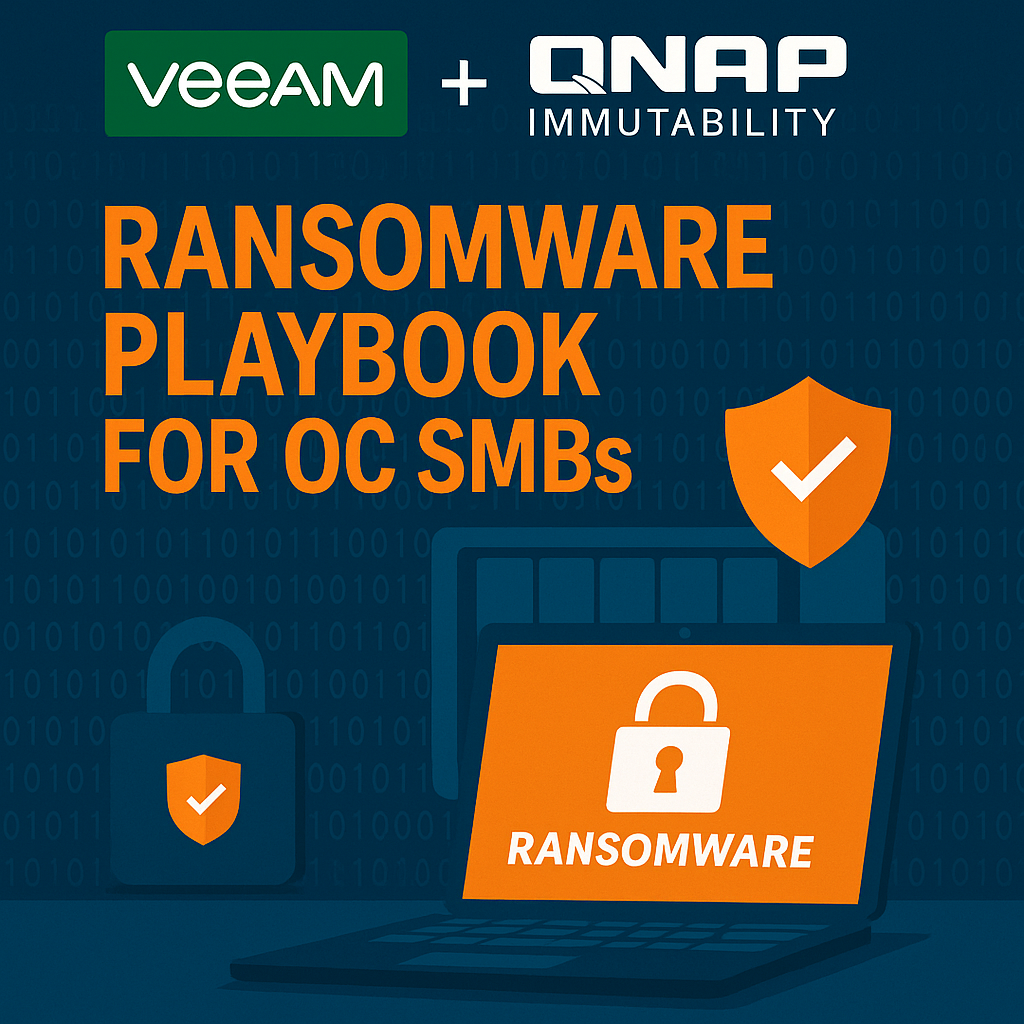Scattered Spider’s Latest VMware ESXi Attack Campaign: A New Threat to Virtualized Environments
🎙️ Dive Deeper with Our Podcast!
Scattered Spider’s VMware ESXi Attacks: A New Threat
👉 Listen to the Episode: https://technijian.com/podcast/scattered-spiders-vmware-esxi-attacks-a-new-threat/
The cybersecurity landscape continues to evolve as threat actors develop increasingly sophisticated attack methods. Recently, the notorious hacking group Scattered Spider has intensified their operations, launching a targeted campaign against VMware ESXi hypervisors across multiple industries in the United States. This development represents a significant escalation in their tactics and poses serious risks to organizations relying on virtualized infrastructure.
Understanding Scattered Spider’s Current Operations
Scattered Spider, a financially motivated cybercriminal organization also operating under the aliases UNC3944, Octo Tempest, and 0ktapus, has gained notoriety for their exceptional social engineering capabilities. Unlike many cybercriminal groups that rely heavily on technical exploits, Scattered Spider has perfected the art of human manipulation to bypass even the most robust security measures.
The group’s recent focus on VMware ESXi environments marks a strategic shift toward targeting the foundational infrastructure that many organizations depend upon. By compromising hypervisors, these attackers gain unprecedented control over entire virtualized ecosystems, effectively putting all virtual machines and their data at risk.
The Anatomy of a Scattered Spider Attack
Initial Access Through Social Engineering
The attack begins with what appears to be a routine call to an organization’s IT help desk. However, this seemingly innocent interaction is actually a carefully orchestrated deception. The attacker impersonates a legitimate employee, using convincing personas complete with appropriate vocabulary, company knowledge, and even regional accents that match the supposed employee’s profile.
During the initial interaction, the threat actor’s main goal is to persuade the help desk agent to reset the Active Directory password of the employee they are impersonating. This social engineering tactic exploits the helpful nature of IT support staff and the trust-based systems that many organizations still rely upon for identity verification.
Network Reconnaissance and Target Identification
Once initial access is established, Scattered Spider operators conduct thorough reconnaissance of the compromised network. They systematically scan for IT documentation, seeking information about high-value targets such as domain administrators, VMware vSphere administrators, and security groups with elevated privileges.
The attackers also identify privileged access management solutions that might contain valuable credentials or sensitive information useful for lateral movement. This reconnaissance phase is crucial for planning subsequent attack stages and identifying the most effective pathways to their ultimate targets.
Privilege Escalation Through Targeted Impersonation
Armed with detailed knowledge about specific high-value administrators, the attackers return to their social engineering playbook. They place additional calls to the help desk, this time impersonating identified privileged users and requesting password resets. The specificity of their requests, combined with their convincing impersonation skills, often results in successful credential compromise.
This phase demonstrates the group’s patience and methodical approach. Rather than rushing through the attack, they take time to gather intelligence that makes their subsequent impersonation attempts more believable and effective.
VMware Infrastructure Compromise
The attackers’ ultimate target is the organization’s VMware vCenter Server Appliance, a critical component that manages entire vSphere environments. Once they gain access to vCenter, they possess administrative control over all ESXi hypervisors and the virtual machines they host.
With vCenter access secured, Scattered Spider operators can enable SSH connections on ESXi hosts and reset root passwords. This level of access transforms them from external threats into internal administrators with virtually unlimited control over the virtualized infrastructure.
The Devastating Disk-Swap Attack
One of the most sophisticated techniques employed by Scattered Spider is the disk-swap attack, designed to extract critical Active Directory data without triggering traditional security alerts. This attack involves powering down a Domain Controller virtual machine and detaching its virtual disk.
The attackers then attach this disk to another virtual machine under their control, effectively creating an unmonitored environment where they can extract sensitive information such as the NTDS.dit database. This file contains crucial Active Directory data, including password hashes and other authentication information.
After copying the required data, the attackers carefully reverse the process, reattaching the original disk to the Domain Controller and powering it back on. This meticulous approach helps them avoid detection while obtaining valuable intelligence for further network compromise.
Backup System Neutralization
Understanding that backup systems represent the primary recovery mechanism for ransomware attacks, Scattered Spider operators specifically target and neutralize these protective measures. With their hypervisor-level access, they can identify and compromise backup virtual machines, deleting backup jobs, snapshots, and repositories.
This systematic destruction of backup infrastructure ensures that victims have limited recovery options following the final ransomware deployment phase. The attackers’ focus on backup neutralization demonstrates their understanding of modern incident response procedures and their determination to maximize the impact of their attacks.
Ransomware Deployment and Encryption
In the final stage of the attack, ransomware is deployed throughout the compromised environment. Using their SSH access to ESXi hosts, the attackers distribute and execute ransomware binaries designed to encrypt virtual machine files stored in datastores.
This approach to ransomware deployment is particularly devastating because it operates at the hypervisor level, affecting all virtual machines simultaneously. Traditional endpoint protection solutions running within individual virtual machines cannot prevent this type of attack, as it occurs at a lower level in the infrastructure stack.
Industry Impact and Target Sectors
Retail Industry Vulnerabilities
The retail sector has emerged as a primary target for Scattered Spider’s VMware-focused attacks. Retail organizations often maintain complex, distributed IT infrastructures that rely heavily on virtualization for scalability and cost efficiency. However, this same virtualization that provides operational benefits also creates attractive targets for hypervisor-level attacks.
Retail companies typically store vast amounts of customer data, including payment information and personal details, making them lucrative targets for cybercriminals. The seasonal nature of retail operations, with peak periods requiring rapid infrastructure scaling, sometimes leads to security considerations being overlooked in favor of operational needs.
Transportation and Airline Industry Risks
Transportation companies and airlines represent critical infrastructure targets with unique vulnerabilities. These organizations often operate legacy systems alongside modern virtualized environments, creating complex hybrid infrastructures that can be challenging to secure comprehensively.
The operational nature of transportation and airline businesses means that system downtime can have immediate and severe impacts on passenger safety and economic operations. This creates additional pressure on organizations to restore services quickly, potentially making them more likely to pay ransoms rather than endure extended recovery periods.
Insurance Sector Challenges
Insurance companies are particularly attractive targets due to the sensitive nature of their data holdings and their financial resources. These organizations maintain detailed personal and financial information about policyholders, creating valuable datasets for cybercriminals engaged in identity theft or fraud operations.
The insurance industry’s reliance on data analytics and digital processing makes virtualized environments essential for their operations. However, the complexity of insurance business processes often results in intricate IT environments that can be difficult to monitor and secure effectively.
The Speed and Efficiency of Modern Attacks
One of the most alarming aspects of Scattered Spider’s VMware-focused attacks is their efficiency. According to threat intelligence research, a complete attack chain from initial access to data exfiltration and ransomware deployment can occur within just a few hours.
This rapid progression from compromise to impact leaves organizations with minimal time to detect and respond to the threat. Traditional incident response procedures, which often assume longer attack timelines, may be inadequate for addressing such swift progression through attack phases.
The speed of these attacks also highlights the importance of preventive security measures rather than relying solely on detection and response capabilities. Organizations must implement robust defensive strategies that can prevent initial compromise or limit attacker progression even when detection occurs late in the attack timeline.
Defensive Strategies and Countermeasures
VMware Infrastructure Hardening
Protecting against Scattered Spider’s tactics requires comprehensive hardening of VMware infrastructure. Organizations should implement execInstalledOnly policies to prevent unauthorized code execution, enable virtual machine encryption to protect data at rest, and disable SSH access by default on ESXi hosts.
Direct Active Directory joins on ESXi hosts should be avoided, as these create additional attack pathways that threat actors can exploit. Regular auditing and removal of orphaned virtual machines helps reduce the attack surface and eliminates potential hiding places for malicious activities.
Strict multi-factor authentication policies must be enforced for all administrative access to VMware infrastructure. These policies should include phishing-resistant authentication methods that cannot be easily bypassed through social engineering tactics.
Identity and Access Management Improvements
Organizations must implement phishing-resistant multi-factor authentication across all critical systems, including VPN access, Active Directory, and vCenter management interfaces. Traditional SMS-based or email-based authentication methods are insufficient against sophisticated social engineering attacks.
Tier 0 assets, including domain controllers, backup systems, and privileged access management solutions, should be isolated from the infrastructure they are designed to protect. This isolation prevents attackers from using compromised infrastructure to attack the security systems themselves.
Consider implementing separate cloud identity providers to break dependencies on on-premises Active Directory systems. This approach creates additional barriers that attackers must overcome and provides alternative authentication pathways when primary systems are compromised.
Monitoring and Detection Capabilities
Centralized logging in a Security Information and Event Management system is essential for detecting attack indicators across the environment. Organizations should configure alerts for critical activities such as administrative group changes, vCenter login attempts, and SSH enablement on ESXi hosts.
Continuous monitoring for configuration drift helps identify unauthorized changes to VMware infrastructure settings. Automated tools can detect when security configurations are modified and alert administrators to potential compromise indicators.
Behavioral analysis capabilities can help identify unusual patterns of activity that might indicate social engineering attacks in progress. This includes monitoring for unusual help desk requests, password reset patterns, and administrative access attempts.
Backup and Recovery Preparation
Implementing immutable, air-gapped backup solutions is crucial for ensuring recovery capabilities survive hypervisor-level attacks. These backup systems must be designed to operate independently of the primary infrastructure and should include regular testing against advanced attack scenarios.
Organizations should regularly test their recovery procedures specifically against hypervisor-layer attacks to ensure that backup systems can effectively restore operations following this type of compromise. These tests should include scenarios where primary infrastructure is completely compromised and unavailable.
Frequently Asked Questions
Q: How can organizations verify that help desk calls are legitimate? A: Implement multi-factor verification procedures that include callback protocols using verified phone numbers, security questions based on information not readily available to attackers, and approval requirements from direct supervisors for sensitive requests like password resets.
Q: What makes Scattered Spider’s social engineering so effective? A: The group invests significant time in reconnaissance, gathering detailed information about target organizations, their employees, and internal processes. They use this intelligence to create highly convincing impersonations that include appropriate technical vocabulary, company-specific terminology, and even matching regional accents.
Q: Why are VMware environments particularly vulnerable to these attacks? A: VMware infrastructure is often poorly understood by organizations and may not receive the same level of security attention as traditional endpoints. Additionally, hypervisor-level access provides attackers with unprecedented control over entire virtual environments, allowing them to bypass many traditional security controls.
Q: How quickly can these attacks progress from initial access to ransomware deployment? A: Research indicates that Scattered Spider can complete their entire attack chain, from initial social engineering to ransomware deployment, within just a few hours. This rapid progression leaves limited time for detection and response.
Q: What should organizations do if they suspect they are under attack by Scattered Spider? A: Immediately implement emergency procedures to isolate critical systems, especially VMware infrastructure. Conduct thorough verification of all recent administrative changes, reset credentials for privileged accounts, and engage incident response specialists familiar with hypervisor-level attacks.
Q: Are there specific industries that Scattered Spider targets more frequently? A: Currently, the group appears to focus on retail, transportation, airline, and insurance sectors, though they have demonstrated the ability to adapt their tactics to various industry environments.
Q: How can organizations protect their backup systems from these attacks? A: Implement air-gapped, immutable backup solutions that operate independently of the primary infrastructure. Ensure backup systems are not hosted on the same virtualized environment they are designed to protect, and regularly test recovery procedures against advanced attack scenarios.
How Technician Services Can Enhance Your Security Posture
In the face of sophisticated threats like Scattered Spider, organizations need specialized expertise to implement comprehensive security measures effectively. Professional technician services provide the knowledge and experience necessary to protect against advanced persistent threats targeting virtualized environments.
Security technicians bring deep understanding of VMware infrastructure hardening techniques, including proper implementation of execInstalledOnly policies, virtual machine encryption configuration, and secure SSH management. They can conduct thorough security assessments of existing VMware deployments and identify vulnerabilities that might be exploited by threat actors.
Expert technicians also excel at designing and implementing robust identity and access management solutions. They can configure phishing-resistant multi-factor authentication systems, establish proper privilege separation for Tier 0 assets, and create secure authentication workflows that resist social engineering attacks.
Monitoring and detection capabilities require specialized configuration to effectively identify attack indicators specific to VMware environments. Technician services can implement comprehensive SIEM solutions, configure behavioral analysis tools, and establish alert procedures that provide early warning of potential compromises.
Perhaps most importantly, security technicians can provide incident response expertise specifically tailored to hypervisor-level attacks. They understand the unique challenges of investigating and remediating compromises that occur at the infrastructure level and can guide organizations through complex recovery procedures.
By partnering with experienced security technicians, organizations gain access to specialized knowledge that may not exist internally. This expertise proves invaluable when implementing preventive measures, responding to active threats, and recovering from successful attacks. The investment in professional security services often proves far more cost-effective than attempting to address the aftermath of a successful ransomware attack.
Security technicians also provide ongoing support and maintenance of security systems, ensuring that defensive measures remain effective as threat landscapes evolve. They can adapt security configurations to address new attack techniques and help organizations maintain robust defensive postures against sophisticated adversaries like Scattered Spider.
About Technijian
Technijian is a premier managed IT services provider, committed to delivering innovative technology solutions that empower businesses across Southern California. Headquartered in Irvine, we offer robust IT support and comprehensive managed IT services tailored to meet the unique needs of organizations of all sizes. Our expertise spans key cities like Aliso Viejo, Anaheim, Brea, Buena Park, Costa Mesa, Cypress, Dana Point, Fountain Valley, Fullerton, Garden Grove, and many more. Our focus is on creating secure, scalable, and streamlined IT environments that drive operational success.
As a trusted IT partner, we prioritize aligning technology with business objectives through personalized IT consulting services. Our extensive expertise covers IT infrastructure management, IT outsourcing, and proactive cybersecurity solutions. From managed IT services in Anaheim to dynamic IT support in Laguna Beach, Mission Viejo, and San Clemente, we work tirelessly to ensure our clients can focus on business growth while we manage their technology needs efficiently.
At Technijian, we provide a suite of flexible IT solutions designed to enhance performance, protect sensitive data, and strengthen cybersecurity. Our services include cloud computing, network management, IT systems management, and disaster recovery planning. We extend our dedicated support across Orange, Rancho Santa Margarita, Santa Ana, and Westminster, ensuring businesses stay adaptable and future-ready in a rapidly evolving digital landscape.
Our proactive approach to IT management also includes help desk support, cybersecurity services, and customized IT consulting for a wide range of industries. We proudly serve businesses in Laguna Hills, Newport Beach, Tustin, Huntington Beach, and Yorba Linda. Our expertise in IT infrastructure services, cloud solutions, and system management makes us the go-to technology partner for businesses seeking reliability and growth.
Partnering with Technijian means gaining a strategic ally dedicated to optimizing your IT infrastructure. Experience the Technijian Advantage with our innovative IT support services, expert IT consulting, and reliable managed IT services in Irvine. We proudly serve clients across Irvine, Orange County, and the wider Southern California region, helping businesses stay secure, efficient, and competitive in today’s digital-first world.
